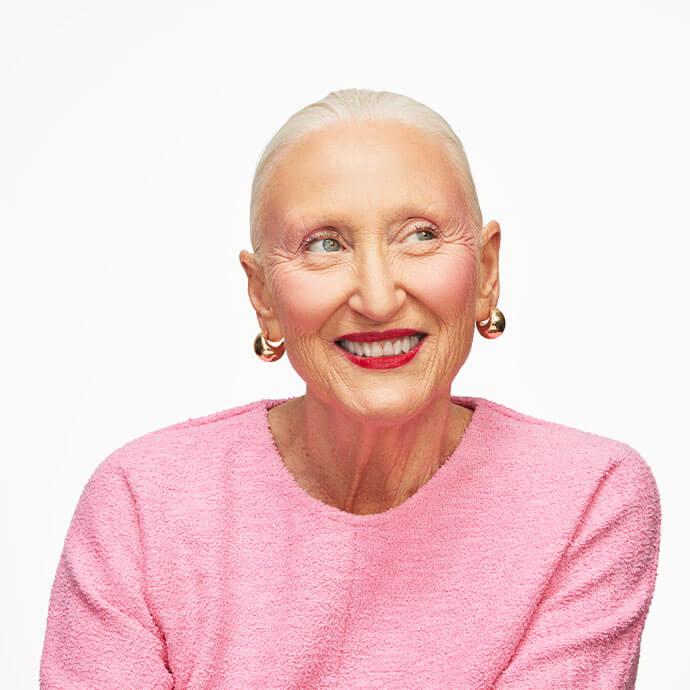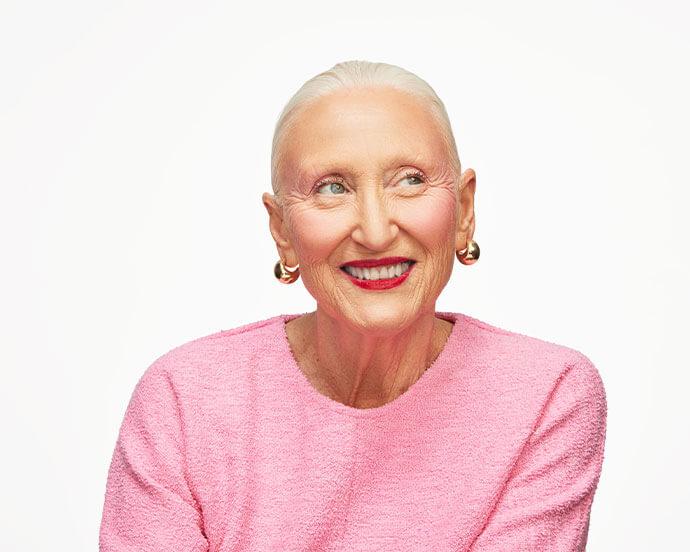Everything to Know About Sebum, Your Body’s Built-In Skincare System



Lindy Segal


Our natural face oil gets a bad rap, and we think it’s about time to rectify that. Sebum (pronounced see-bum), functions as our body’s natural skincare—and, fun fact, bottled skincare products have been trying to copy it for years. Not only does this oily substance keep our skin balanced, moisturized, and protected, it has the added benefit of costing zero dollars.
But—and yes, there’s a “but”—there can be too much (or too little) of a good thing, leading to skin problems like acne or dryness. We reached out to dermatologist Rina Allawh, MD, based in King of Prussia, PA, to fill us in on all things sebum. Read on for the lowdown on what it is, how it benefits our skin, and more.


It's about glam time you treated yourself.
MEET THE EXPERT
Rina Allawh, MD is a dermatologist at Schweiger Dermatology Group in King of Prussia, PA.
What is sebum?
Sebum is often used as shorthand for “oil,” but it’s really the main component of our skin’s natural moisture system (along with things like sweat and dead skin cells). Produced in the teeny-tiny sebaceous glands, which are mostly situated by our hair follicles, sebum is much more complex than your average topical oil. “Sebum contains a mixture of triglycerides, free fatty acids, waxes, and other natural chemicals that collectively promote a protective healthy skin barrier and maintain skin moisture,” says the derm.
What does sebum do for the skin?
Sebum plays an “essential role” in our skin health, according to Allawh. First and foremost, “It provides skin hydration, protecting the skin barrier from water loss,” she explains. It also has anti-inflammatory and antibacterial properties. “The antibacterial benefits of sebum are due to its mildly acidic pH, which help tackle harmful skin bacteria and fungal microorganisms that may trigger or worsen acne and skin fungal infections, respectively,” says the derm. Sebum also contains essential compounds and antioxidants such as squalene, which “protect against harmful free radicals that accelerate premature skin aging,” according to Allawh.
What can affect sebum production?
Sebum may sound miraculous, but a perfectly balanced skin barrier is rare. A buildup of sebum on the surface of the skin can lead to clogged pores or pimples. Meanwhile, too little sebum can lead to excess dryness. Not to mention the full spectrum of skin types in between, which may experience any and all of the above. Several factors can impact how much sebum we produce:
Age: “Sebum production in general is variable depending on the age of an individual,” says Allawh. “For example, sebum production is typically more [active] at infancy, i.e. cradle cap, and tends to decrease in aging skin.”
Hormones: Like our age, we can’t exactly control our body’s hormone levels. Many of us see an increase in sebum production starting at puberty, but it usually balances out by our twenties. Birth control pills, which contain varying amounts of estrogen or progestin, can play a role in how much sebum our glands produce, too.
Medications: Taking the prescription drug Accutane—a derivative of vitamin A—shrinks oil glands, drastically reducing sebum production (and therefore, breakouts) over time. Though often effective, it’s important to talk to your physician about the medication’s side effects before getting a prescription.
Skincare products: Some products can curb sebum over- or under-production in the short-term. For oily skin, astringents and clay masks can soak up excess oil, while salicylic acid treatments can address blackheads and other types of acne. For dry skin, intense moisturizers and face oils can help restore the moisture barrier.
How to control sebum production
Whether you have dry skin or oily skin, you may be able to balance your skin’s oil production thanks to some strategic skincare.
If you have oily skin…
“Use of topical retinols and retinoids may help manage sebum production by the sebaceous glands,” recommends Allawh. “This ingredient is a mainstay in acne treatment, especially those experiencing oily skin.” Many lower-grade retinol products can be purchased over-the-counter, but more concentrated products can be prescribed by your dermatologist.
And although products can help control excess sebum, one thing to avoid is using overly drying cleansers, toners, and other products that strip skin, as they can backfire and cause an overproduction of sebum. Check with your derm for the skincare routine that’s best suited for your skin.
If you have dry skin…
On the other end of the skincare spectrum, drier skin types need to pack in moisture. “Those with dry skin may experience decreased sebum production that may present itself as eczema,” explains Allawh. “Applying [products containing] ceramides and hyaluronic acid, among other hydrating ingredients may not necessarily boost sebum production, but promote further skin hydration and strengthen the protective skin barrier,” she explains.
Want to try the latest skincare products, customized for your skin? You need the IPSY Glam Bag! Take our Beauty Quiz now to get started. Already an Ipster? Refer your friends to earn points, which you can use toward products. Either way, don’t forget to check us out on Instagram and Twitter @IPSY.
Like this article? Share it with your friends by clicking the icons below!
Liked this post? Share!
Related Stories


Skin
How to Adjust Your Skincare Routine for Mature Skin in the Winter
Published on Dec 4, 2025 • 7 min read


Skin
Meet the Best Moisturizers for Winter, According to Dermatologists
Published on Dec 1, 2025 • 9 min read


Skin
What Is Inflammaging—and Why Everyone’s Talking About It
Published on Dec 1, 2025 • 8 min read


Skin
6 Skincare Trends to Have on Your Radar in 2026, According to Experts
Published on Dec 1, 2025 • 7 min read


Skin
We Grabbed Our Crystal Ball and Found These 6 Skincare Predictions for 2025
Published on Dec 10, 2024 • 7 min read


Skin
Simple Self-Care Tips That Actually Make a Difference
Published on Nov 13, 2025 • 12 min read


Skin
These 9 Face Scrubs Will Unlock Soft and Smooth Skin on Contact
Published on Nov 5, 2025 • 10 min read


Skin
10 Thanksgiving Foods That Will Have Your Skin Coming Back for Seconds
Published on Oct 15, 2025 • 7 min read


Beauty Picked Just for You
Get 5 products worth up to $70
Plus exclusive access to epic deals up to 80% off
Starting at just $14/month. Cancel anytime.